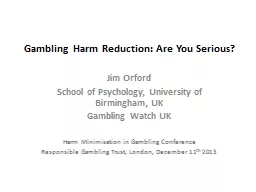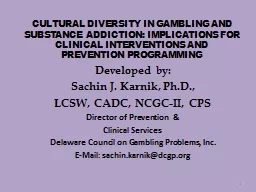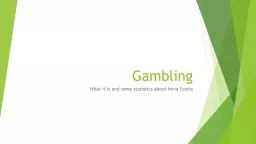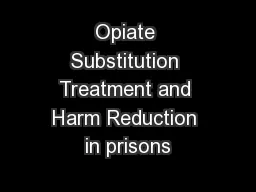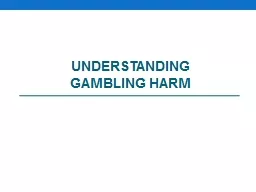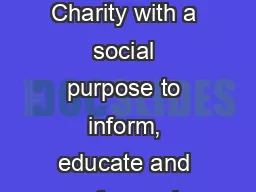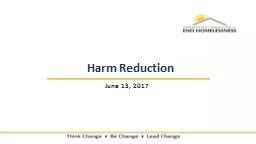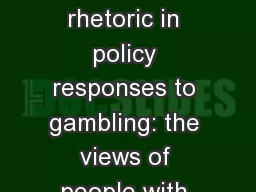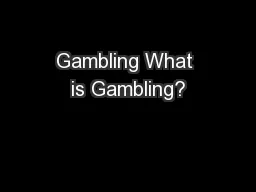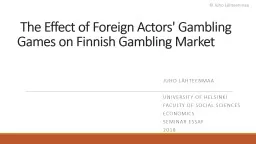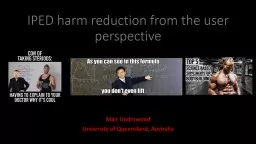PPT-Gambling Harm Reduction: Are You Serious?
Author : alida-meadow | Published Date : 2016-06-30
Jim Orford School of Psychology University of Birmingham UK Gambling Watch UK Harm Minimisation in Gambling Conference Responsible Gambling Trust London December
Presentation Embed Code
Download Presentation
Download Presentation The PPT/PDF document "Gambling Harm Reduction: Are You Serious..." is the property of its rightful owner. Permission is granted to download and print the materials on this website for personal, non-commercial use only, and to display it on your personal computer provided you do not modify the materials and that you retain all copyright notices contained in the materials. By downloading content from our website, you accept the terms of this agreement.
Gambling Harm Reduction: Are You Serious?: Transcript
Download Rules Of Document
"Gambling Harm Reduction: Are You Serious?"The content belongs to its owner. You may download and print it for personal use, without modification, and keep all copyright notices. By downloading, you agree to these terms.
Related Documents

